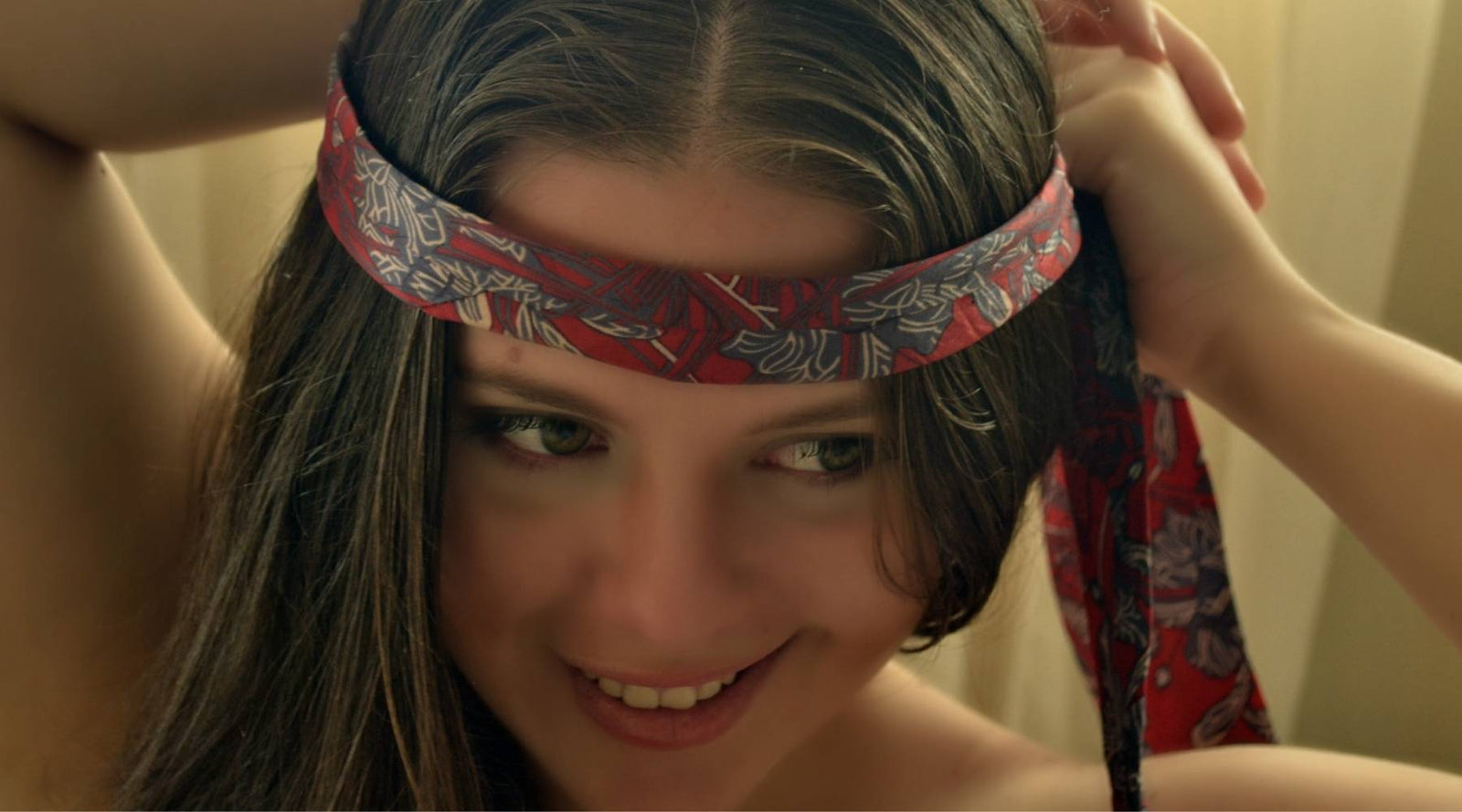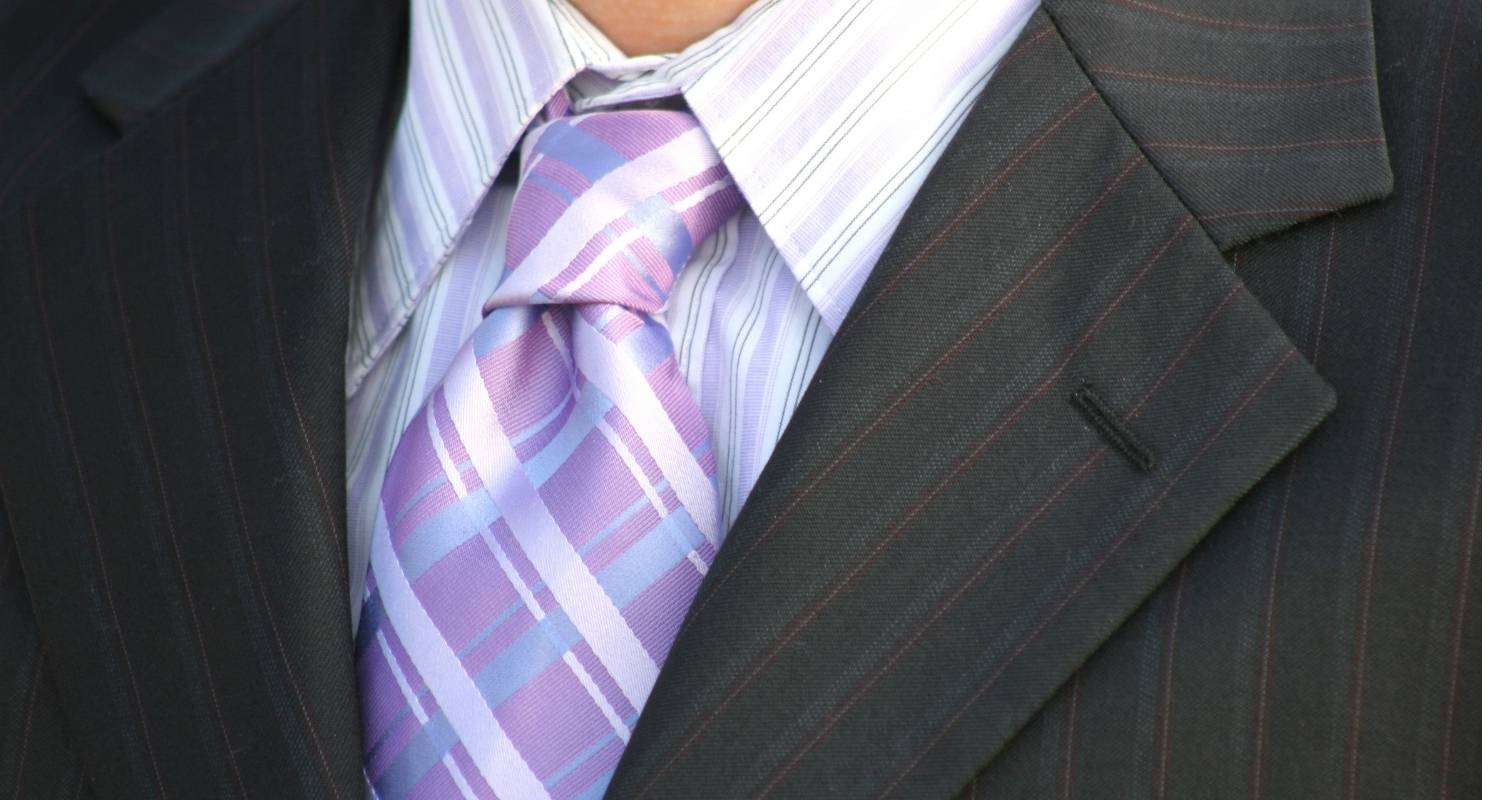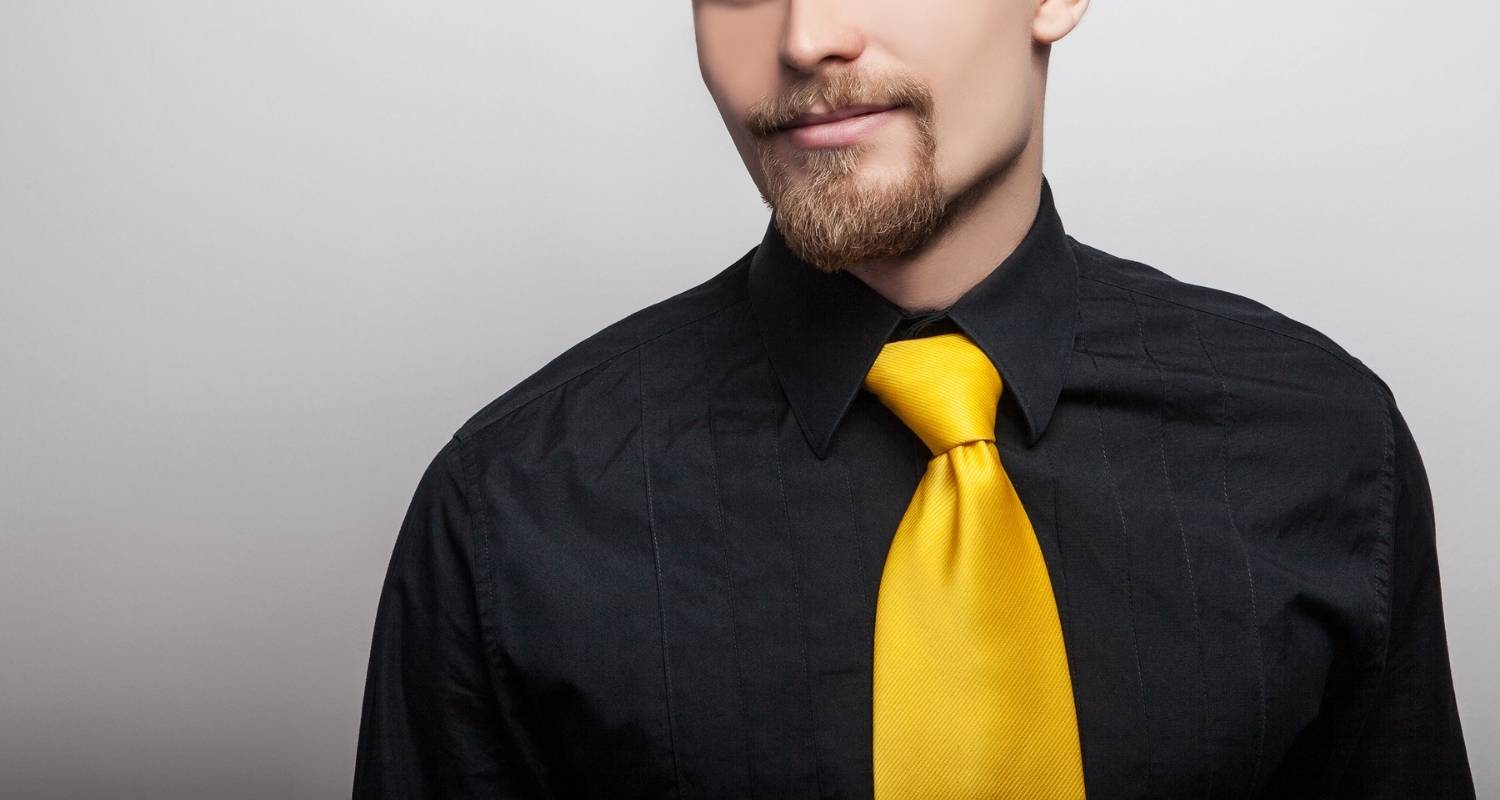Your basket is empty
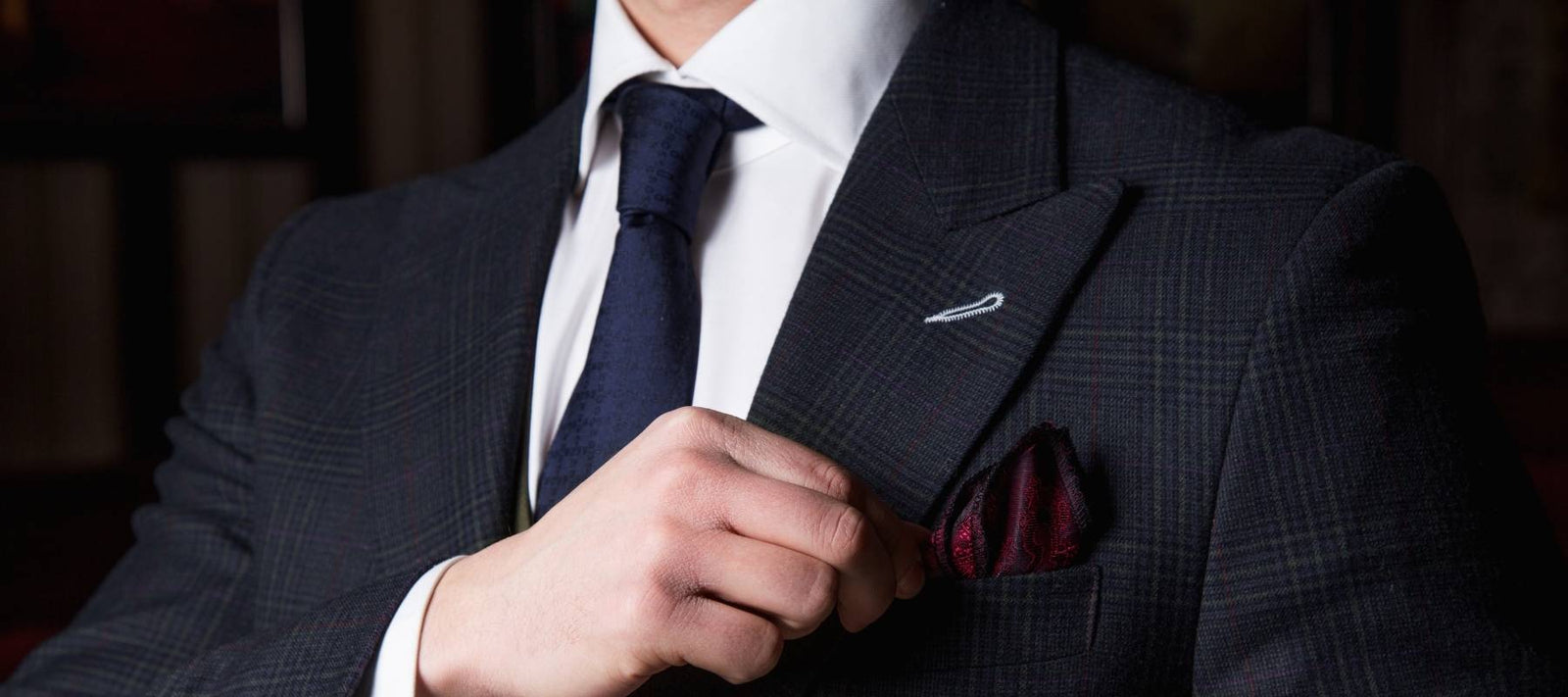
Whether you are a pocket square aficionado or a simple fan of men's clothing trends, the label of this accessory can prove to be a sartorial minefield, which is why we present to you below our pocket square guide. poached.
Knowing how to match ties with pocket squares is an essential skill that every aspiring gentleman should perfect.
In this detailed guide, we cover how to match ties to your pocket squares based on color, pattern, and fabric considerations.
Do you often wish you had the perfect accessory to complete your suit ensemble, whether you strut with a tie or not?
Something that could instantly add a touch of flair and panache with minimal effort? With the recent rise in popularity of pocket squares, we thought it would be good to create a guide for mixing and matching ties with your pocket squares.

After all, a man who is accessorized is often better dressed than one who isn't.
And as there are more and more opportunities to mix and match colors, patterns and fabrics. It is in our best interest to introduce variety into our wardrobe and create new, exciting and interesting ways to dress every day.
Ensuring that the stagnation of yesteryear is drowned out and replaced with excitement, newness and our own creativity.
The main rule to remember when matching ties to your pocket squares is that they don't have to match exactly!
If colors must complement each other, replicating the pattern of your tie with your pocket square is a proven way to achieve mediocrity.
Just as the other pieces in your ensemble differ in color and fabric (your suit, shirt and tie), your pocket square should be different too!

The size of a handkerchief has a surprisingly large impact on the styles of pleats and pocket squares you can make, and therefore how it will look in your jacket or suit pocket.
A silk square is lightweight by nature and therefore any square shorter than 40 cm (16 inches) will tend to slip in your pocket. So, when you move around during the day or evening, you will have to keep retrieving it in your pocket, which will reduce the point of carrying it in the first place.
So avoid pockets of less than 40 cm made cheaply and invest in a square of 40 to 45 cm. This rule also applies to other lightweight fabrics such as wool/silk, cotton and linen.
The only exception to this rule is pockets made from a heavy fabric such as tweed, as anything larger than about 30cm will hardly fit in your pocket when folded.

Historically, the clutch was a necessity for guests at dinner parties and other formal engagements . The classic pocket square fashion for elegant occasions remains the same today: a white, handkerchief-style pocket square, folded flat (more on that later).
However, even in the context of formal attire, it is always possible to experiment with your arrangement and move away from the standard white pocket square rule.
We are sometimes asked if there is a time when we should not wear a pocket square. The answer to this question is no. Once you're used to wearing a handkerchief, you'll realize that not wearing one is like leaving the house without shoes.
It's really a question of degrees. If you want to go for a very conservative look, choose a pocket square that's just a shade or two lighter than your jacket and opt for a flat pleat, or something that provides just a little contrast, like a dark brown square with polka dots.
Monochrome tones work well as pocket squares paired with black or gray suits, for example, while a bright red adds interest to bright blue suits , especially in summer. A puff pleat can also offer a more nonchalant approach to formal dressing than the classic box pleat.
More recently, the resurgence in popularity of the handkerchief has allowed men to elevate their everyday looks and demonstrate a bit of sartorial flair.
We like to keep a plain white silk pocket square for formal occasions, but even then we like to mix it up with a little texture or a subtle color variation.
The reason this works so well in formal settings is that you still have the traditional white base, but having the variation will give your outfit a little more interest than a flat white color.
It also goes without saying that while the flat pleat is classic, you'll get a lot more compliments with a pleat showing a little more flair, such as a puff pleat or an angled peak pleat.
A predominantly white pocket square with a colored edge or light pattern offers a relatively conservative look that will suit any business environment.
A well-cut suit or jacket is certainly a strong sign of a man, but to really stand out, it's your accessories that make all the difference.
Just look at the difference the humble pocket square can make to a relatively simple jacket. It's not a color combination or a flamboyant crease, but a subtle accent featuring our pouch that's perfect for the work environment.
In fact, that's one of the reasons we created Cravate Gentleman. We thought there was a shortage of truly unique and interesting men's accessories.
So we've teamed up with some of the biggest galleries in the world to try and create some remarkable accessories that you can see in our online store.

When pairing pocket squares with your ties, a sure way to get the best color combinations is to use a color wheel .
The color wheel can be intimidating when you haven't memorized it, so it's a good idea to have one on hand for when you're feeling adventurous.
Our favorite is the one we established at Cravate Gentleman, because it contains all the essential wardrobe nuances and is easy to understand.
Try using a combination of complementary (directly opposite), triadic (equilateral triangle), or analogous (adjacent) colors when you first experiment with color.

Complementary colors lie directly opposite each other on the color wheel and create the strongest contrast . Pair a blue tie with an orange pocket square, a red tie with a green pocket square (although it might look a little too Christmassy!) or a purple tie with a yellow pocket square.
While these jumpsuits can be bold, they will make you stand out without looking like a Charles Barkley understudy because they will make you look color coordinated.

Triadic color schemes are colors that are formed by creating an equilateral triangle . So blue, red, and yellow form a triadic color scheme, as do green, orange, and purple.
Although these contrasts are not as strong as a complementary color scheme, these colors accent each other well. Triadic color combinations create harmony because they create a balance between warm and cool colors.
A royal blue tie with a red pocket square or a navy blue tie with a burgundy/brown pocket square will both contribute to a refined and elegant ensemble.

For more harmonious color schemes, analogous color schemes are your best option . An analogous color scheme involves choosing colors that are adjacent on the color wheel.
So while you don't get a true sense of harmony (balance between warm and cool colors), an analogous color scheme gives a sophisticated, yet muted, look.
Analogous color schemes usually involve choosing two warmer colors or two cooler colors. For example, you can combine a blue tie with a purple pocket square.
This scheme is calming to the eye because adjacent colors on the color wheel tend to create a feeling of confidence. Try a blue tie with a green or lilac pocket square, for example.

If one of your two accessories (tie or pocket square) is a neutral color, the other can be the color of your choice . Neutral colors go well with all colors.
Most of the time, there are only two main rules for choosing the color of your tuxedo pocket square. If it is a formal Black Tie event, it is generally considered appropriate to wear a white pocket square in a presidential fold (flat fold) or conservative puff fold.
However, for the vast majority of events you'll attend, a pocket square with a pop of color is more than acceptable, and it's often the way to set yourself apart from the rest. It's also worth considering wearing a tuxedo in a bolder color than standard black.

A question we often get asked is whether you should match your tie and pocket square. The short answer is no. While it may seem like an easy way to coordinate your outfit, matching your pocket square and tie or bow tie is a no-go in modern dressing .
The purpose of the pocket square is rather to complement the rest of your look , harmonizing or contrasting it with your other accessories. So, although some stores offer matching tie and pocket square sets, we advise you to avoid them if you want to be seen as being on top of your style.
If your pocket square has a pattern or print, for example, choose a color from this palette to unify your look and pair it with a primary color of your ties, like in the image below. The burgundy of the tie is found in certain parts of the pocket square.

You can also choose a pocket square that is a lighter or darker color than the main color of your ensemble. Remember, it's all in the details, so don't be afraid to bring out an accent color on a subtle striped or plaid shirt.
Below are some examples of tie and pocket square combinations in three of the most popular jacket colors: navy, gray and brown.

We'll start with navy blue. The combinations range from a very subtle color complement in the first image to more obvious colors in the second and third images.

Below are some gray jacket combinations. We particularly like the third image which combines a yellow tie with our pocket square which contrasts strongly with the jacket.

Finally, we offer you some combinations with brown jackets of different shades.
If you want your pocket square to be the focal point of your look, you can choose to have it match your tie and the rest of your outfit . So don't be afraid to experiment with bright colors or eclectic prints, especially in summer when you're more likely to wear lighter colors.
Now that you know that you should never pair your pocket square and tie directly, we've laid out some basic tie and pocket square rules below, so you always look sharp.

Below you will find a practical guide to choosing your pocket square:

Silk is one of the most popular fabrics for pocket squares. Silk not only has the property of being very luxurious, but it is also the perfect material for bright colors.
Indeed, if the light hits it from different angles, you can get different pops of color, which adds real interest to an outfit. Silk is also known to be a fine fabric, which allows for a number of intricate folds to be made for silk pouches.
However, the main reason we use silk for the majority of our pouches is the incredible detail that can be achieved when working with quality fabric .
Silk provides the perfect canvas to deliver both the sharpness of the image and the vibrancy of the different shades.

One of the most underrated fabrics for pocket squares is the silk and wool blend. It takes the best of both worlds, the luxurious feel of silk and the texture of wool, to create a beautiful, lightweight fabric .
The result is not as shiny as silk and therefore more suitable for certain situations, but it has a unique texture that goes very well with silk ties. The presence of the two materials makes it very light.
Wool tends to make it wrinkle-resistant, and therefore allows it to drape nicely while lending itself to all kinds of folds. The silk gives it a little shine and highlights the details.
The most common blend is 70% wool and 30% silk. While 100% wool clutches are more suited to winter and fall, a wool and silk blend works year-round.
Compared to other fabrics, this blend goes particularly well with all suit fabrics. You can either wear a wool and mohair fabric or a heavier fabric like Tweed or Herringbone. It is therefore very versatile, and makes a solid addition to a collection.
On a pouch like the one on the left, we chose wool/silk as the fabric because it gives a perfect result - the texture is very visible on the light parts of the painting, while the silk allows the blue and yellow to shine.

The result is a pocket square that can be paired with dark or light suits and blazers. While the one on the right has both the shine of silk and the light texture of wool, making it a perfect summer bob.
The texture is also an ideal complement to the patterns, which are historic decor, giving them a certain old world charm.

Linen is one of the oldest fabrics in the world, and it is made entirely of natural materials. It is very resistant to wear, while being very light. Therefore, linen pocket squares are often associated with summer, when lighter fabrics are worn .
They are less shiny than silk and can be worn with a contrasting fabric, such as a tuxedo for a black-tie event, but a double-breasted linen jacket will also pair well with a linen pocket square. The only disadvantage of linen is that you have to iron it quite often, as it creases very easily.
Linen pocket squares are more elegant than cotton pocket squares, and can be worn with both formal jackets and casual outfits. The matte appearance of linen goes well with silk ties, as well as wool ties.

Cotton pocket squares tend to be the most affordable , because cotton is not an expensive material, but they don't have the same panache or vitality as higher-quality fabrics like silk or wool /silk. Cotton is typically used for handkerchiefs and is not considered a luxurious fabric.
Since the purpose of the pocket square is to break up the jacket and add some color, pattern, and texture variation to a man's ensemble, it is suggested that the fabric of the pocket square differs from that of the costume .
So, a luxurious wool suit can be worn with a silk or linen pocket square! Or try wearing a linen pocket square with a seersucker suit in the summer!

Once you have chosen your square, all that remains is to make the very important decision of the pocket folds.
As we said, you should tailor your folding to the occasion, but also keep in mind that certain folds will make the colors of your square stand out. The classic pocket square fold is known as the flat fold or presidential fold, and is often seen in classic pictures and television shows from the 1950s and 1960s.
Although this evokes images of another era, it really only works today for formal events . We advise you to experiment with slightly more flamboyant folds.
The easiest to do is the puff fold of your pocket handkerchief, which consists of pinching the center of the square then twisting or folding it, before placing it in your breast pocket so that the corners are at the bottom and the central pattern remains visible.
Not only is this fold easy to achieve, it suits most situations, from the office to a summer wedding.
If your square has a design that incorporates an interesting border, you want to make the most of it with a point pleat or perhaps a Dunaway pleat.

It is often during a wedding that all gentlemen like to show themselves in their best light. Even for those not normally known for their sense of sartorial elegance, this is one of the few times a year when they are willing to make a concerted effort.
Below are 3 of our favorite wedding favors, in order from most conservative to most flamboyant. Click the image for our folding guide for this particular look.

The most classic of all is undoubtedly the white pocket square for men . From early 20th century photos of a white handkerchief and black suit, this simple square has an illustrious history.
The main reason being that this square goes with all combinations of jackets and patterns, there aren't really any rules to consider when choosing your outfit.
The classic, understated look is the flat pleat, as shown below on the left. This is the most formal look and is suitable for any situation and event you may attend.
We advise you to enhance this simple square by adding a touch of color, whether in the fold or by bordering it with color.
A look that is always timeless is the combination of the white square and the navy suit, as you see below.

The pocket square is usually used to add a bit of flair to your outfit, with contrast usually being the main goal. The black handkerchief, combined with a navy or dark black jacket, is an exception to this rule.
Often used in more formal settings, it can give you a very polished finish. However, the main problem is that often your clothing efforts are not visible until others are within reach.
We think if you're looking to get the praise you deserve with a black clutch, you should opt for a square with a hint of pattern or a classic white lace. The white trim will still give that sharp contrast that complements the jacket beautifully.
Generally, there are no distinct rules for pairing a pocket square with a suit versus wearing a sports jacket or blazer. However, there are a few things to keep in mind.
Firstly, a suit is a more formal option than a standalone jacket, and so you will often wear it in a more formal environment. Therefore, the safest choice is to wear a plain or very light patterned square in a presidential fold such as the one shown below.
The next thing to consider is the pattern of the suit. Depending on your personal style, if you're going for a brighter pattern with your suit, more formal etiquette would be to choose a more plain pocket fly for balance .
Note the square in the image below which complements the color of the shirt for a beautifully balanced look, perfect for a professional environment.
Finally, there is the more flamboyant look, where the accessories contrast with the color of the costume. In the image below you have a navy blue suit with a little touch of burgundy in the pocket square that complements the tie.
This style is our favorite for a suit because it's not over-the-top, but shows sartorial flair to leave a lasting impression.

We are often asked what color pocket square best suits a navy suit, as the latter is a classic. Luckily, a solid navy suit is actually a blank canvas, so it's more about choosing a color or pattern that fits the environment, whether it's professional or more casual .

There are three classic options when it comes to cover design . There is solid color, repeat pattern and print . The repeating pattern was the traditional pattern for much of the 20th century and remains a very popular choice. The print may consist of historical artwork, modern art, graphics or photographs.
There are three options when it comes to matching your tie to your pocket square if you decide to wear a pattern or print:
One of the best things about the pocket square is that it is incredibly versatile and very subtle changes can have a huge impact on your style.
The color you choose and the pleat you use depends on the color of your outfit, the nature of the occasion, whether it is business or more formal like a wedding, and your personal style.
When choosing a pocket square to wear with a suit, you can opt for a classic fold, such as a flat pleat, and position it so that it is visible above your pocket.
While you use colors that contrast sharply with your jacket and use a more flamboyant pleat that really catches the eye. Below are some examples from our Instagram feed of more conservative and flamboyant looks that demonstrate how to wear a clutch.
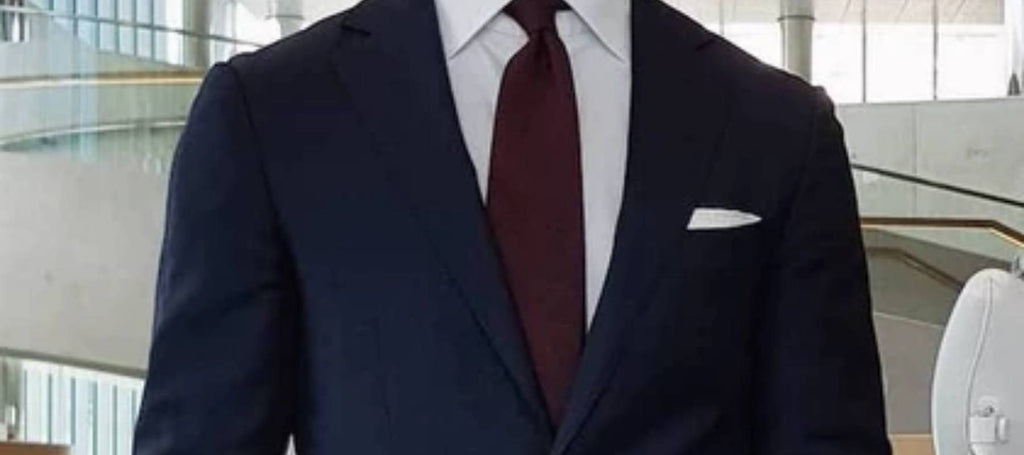
First, you'll find more conservative styles below. The pocket square is quite subtle in its positioning and the colors complement the other hues of the outfit.

In comparison, here are some images that are more flamboyant, either through color contrast or folding. With the most flamboyant styles, the square naturally catches the eye and is more striking.

In this case, it is preferable that one of the secondary colors of the handkerchief is the primary color of the tie.
For a more subtle analog look, you can opt for the same color of the tie in a different shade, which echoes in the handkerchief.

If both the tie and the pocket square have patterns or prints, it is imperative that the proportions and spacing of the patterns are different, even if the actual patterns are not.
If your tie has thin stripes, your pocket square may have stripes too - but keep in mind that they should be thicker, blocky stripes.
Likewise, a small check tie will work well with a polka dot pocket square, as long as they are large, widely spaced polka dots and not polka dots.
A polka dot pocket square would work well with a wider striped tie. The goal is to create visual contrast and the best way to do this is to space and proportion the designs!
In this case, the same rules as for the first combination apply (plain tie and patterned pocket square) . Likewise, the combination will be visually appealing if a secondary color of the tie is the primary color of the pocket square.
For an exquisite offering of printed silk ties that will add undeniable color and style to your outfit, please click here!

Some people have an idea of what type of occasion to wear a pocket square for, which is a formal occasion with a James Bond- . On the contrary, the pocket square can be a casual accessory that adds a touch of flair to an open shirt and jacket combination.
It is possible to purchase pouches already folded, or a pouch holder that effectively holds your fold in place. We strongly advise against these products for two obvious reasons.
Firstly, if your pocket square is the right size, 40-45cm for most fabrics such as silk, linen or cotton, or around 30cm for heavier fabrics like tweed, there is enough bulk in the fabric to hold any fold firmly in place.
Secondly, by wearing a pocket square you instantly elevate your style, showing that you are a man with flair and panache.
For this same man, relying on a pocket handkerchief folding card is like wearing a clip-on tie, which is rather embarrassing if you notice.
Simple pocket square folds, such as the accordion fold or two-point fold, are easy to master and give you an opportunity to show off your personality , while taking the time to master a complicated fold may be worth it. both enjoyable and create a real topic of conversation at your event or occasion.

In summary, at Cravate Gentlemanwe believe that the pocket square is an incredibly versatile accessory, allowing the modern man to express himself and vary his look without having to invest in different suits and outerwear.
You may be interested in our article series on shirt and tie combinations , which will give you more information on how to match your accessories to get the most out of your outfit.
Okay, let's face it, that was a lot of information to digest. Here is our summary of the rules for matching your ties to your pocket squares.
1. Use a color wheel! A color wheel provides the perfect foundation for improving your understanding of color theory.
If you're just starting to experiment with your style, it's best to go for a neutral look (e.g., neutral colors like gray or brown) or monochrome (e.g., a navy tie with a blue pocket square) .
From there, you can move to a similar color scheme (adjacent colors like a purple tie and a blue pocket square), a triadic color scheme (colors like a blue tie and a red pocket square), or Most daring of all, a complementary color scheme (diametrically opposed colors like an orange tie and a blue pocket square).
2. The most important consideration for pattern mixing is ensuring that the proportions of the pattern vary.
So, a small polka dot pocket square with a polka dot tie is much more effective than an abstract tie/scarf and a polka dot pocket square with the same proportions.
Differences in proportions, which refer to the amount of spacing in the pattern (compared to the other pattern), are what help create the most contrast between patterns.
3. Fabric variation. Mixing fabrics, especially when the season permits, is an exceptional way to improve the aesthetic of your ensemble!
For example, pairing a linen pocket square with a silk tie is a great way to add intrigue to your outfit during the spring and summer months!
And it's over this time! I hope you had as much fun reading this article as I did writing it!
Comments are approved before publication.
